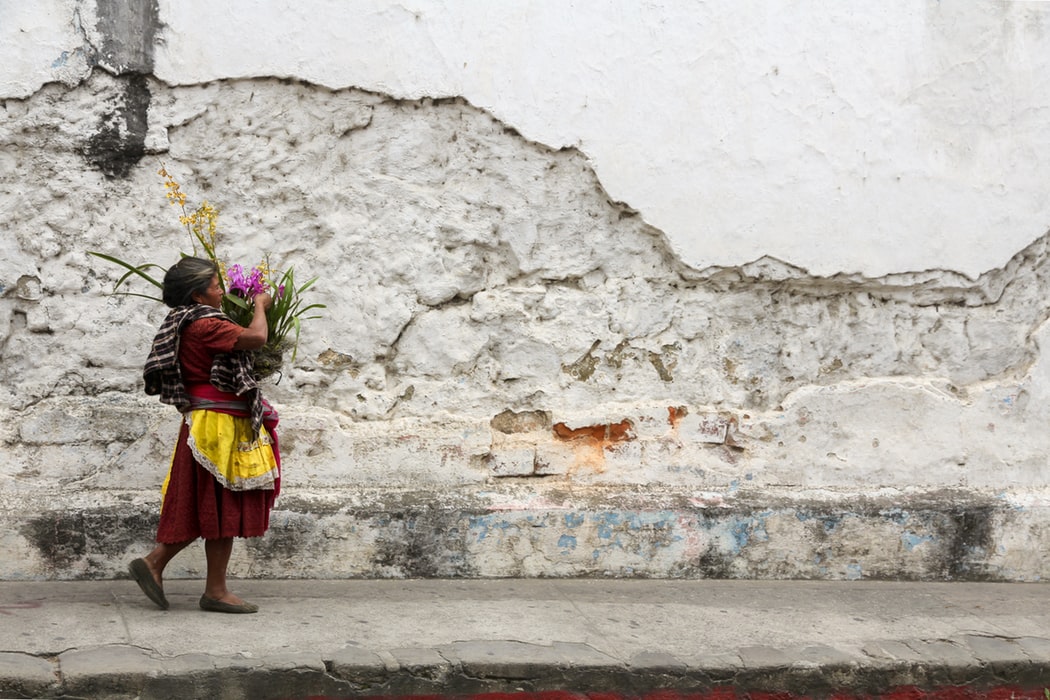 By Padini Nirmal, Dianne Rocheleau
By Padini Nirmal, Dianne Rocheleau
Abstract
A growing coalition of degrowth scholar-activist(s) seeks to transform degrowth into an interdisciplinary and international field bridging a rising network of social and environmental justice movements. We offer constructive decolonial and feminist critiques to foster their productive alliances with multiple feminisms, Indigenous, post-development and pluriversal thought and design (Escobar, 2018), and people on the ground. Our suggested pathway of decolonial transition includes re-situating degrowth relative to the global south and to Indigenous and other resistance movements. We see this decolonial degrowth as a profoundly material strategy of recovery, renewal, and resistance (resurgence) through practices of re-rooting and re-commoning. To illustrate what we mean by resurgence we draw from two examples where people are engaged in ongoing struggles to protect their territories from the impacts of rampant growth—Zapatista and allied Indigenous groups in Mexico, and three Adivasi communities in the Attappady region of southern India. They are building economies and ecologies of resurgence and simultaneous resistance to growth by deterritorialization. We argue that a decolonized degrowth must be what the growth paradigm is not, and imagine what does not yet exist: our separate and collective socio-ecological futures of sufficiency and celebration in the multiple worlds of the pluriverse. Together, the two cases demonstrate pathways to autonomy, sufficiency, and resurgence of territories and worlds, through persistence, innovation, and mobilization of traditional and new knowledges. We offer these as teachers for the transition to decolonial degrowth.
Keywords
Decolonial theory, degrowth, food sovereignty, Indigenous resistance, resurgence
Link
https://doi.org/10.1177/2514848618819478
Padini Nirmal, Email: pn2338@columbia.
Article published in Environment and Planning E: Nature and Space

The project ENVJUSTICE has received funding from the European Research Council (ERC) under the European Union’s Horizon 2020 research and innovation programme (grant agreement No. 695446)